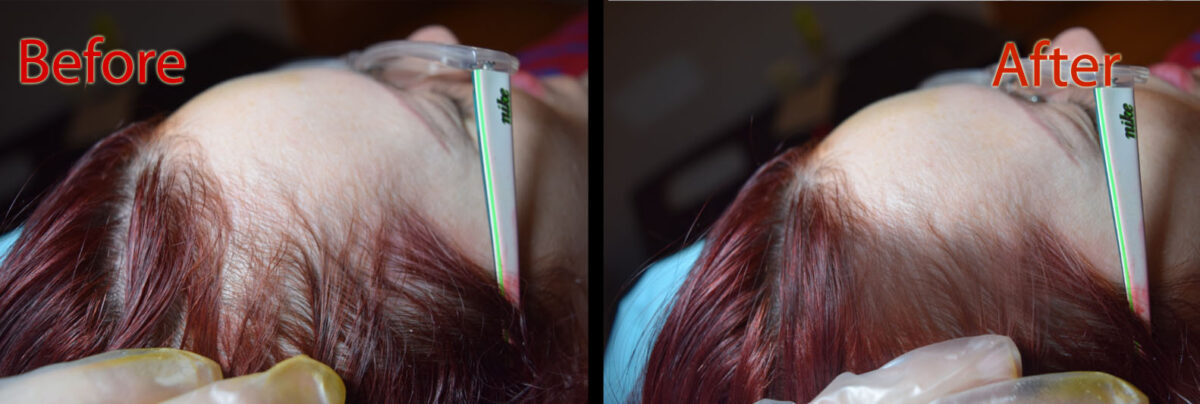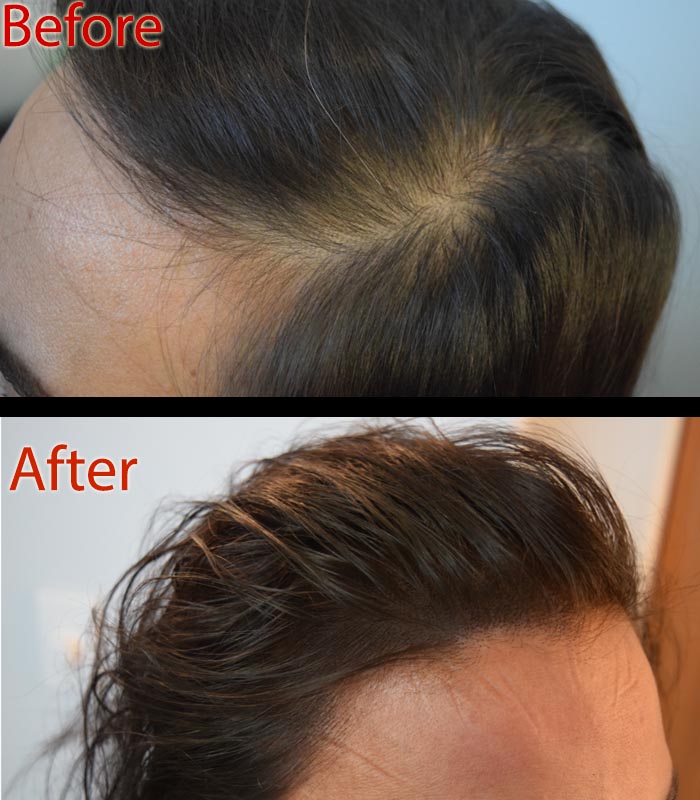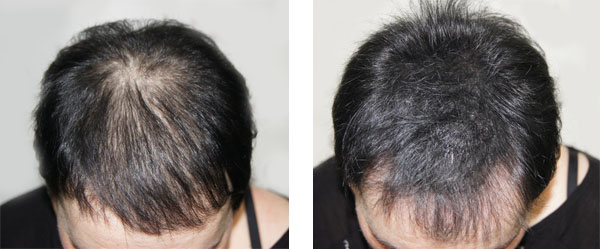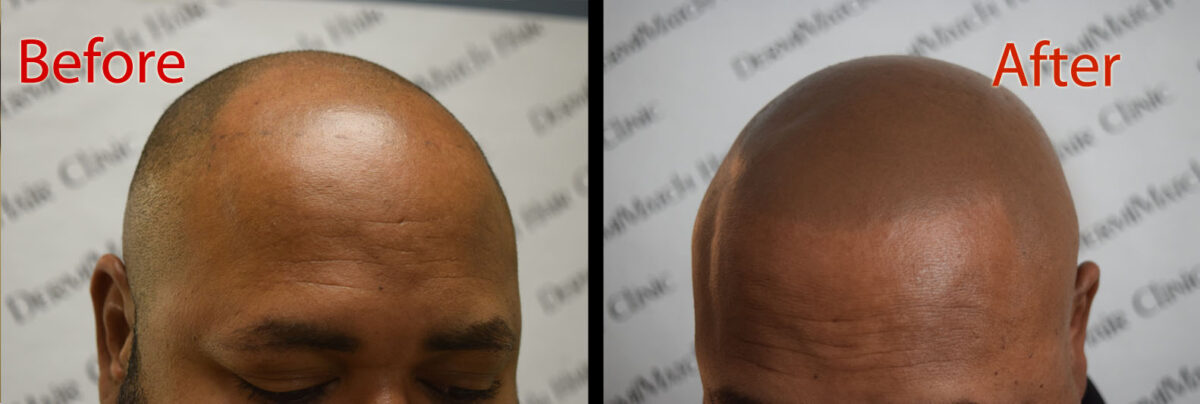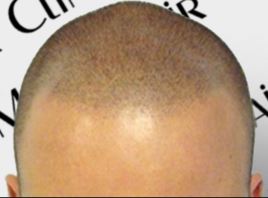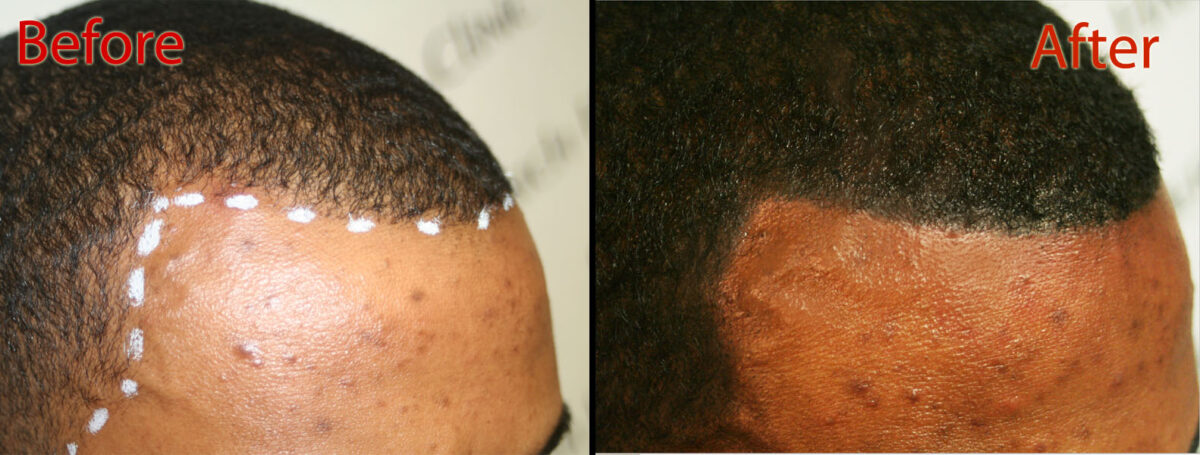For centuries, flaxseeds have been touted as a natural remedy for hair loss and promoting hair growth. But what does science say about these tiny nutritional powerhouses? Can incorporating flaxseeds into your diet or hair care routine truly lead to luscious locks? Let’s delve into the research and explore the role of flaxseeds for hair growth.
The Science Behind Flaxseeds for Hair Growth
Flaxseeds are rich in alpha-linolenic acid (ALA), an essential omega-3 fatty acid. Since our bodies cannot produce ALA, we need to source it for diet. Things like flaxseeds do come in handy here. Some research suggests that ALA may play a role in hair growth by:
Supporting Scalp Health
ALA can contribute to healthy cell membranes throughout the body, including those in the hair follicles. Healthy cell membranes are crucial for proper nutrient uptake and waste removal, both essential for hair growth.
Reducing Inflammation
Chronic inflammation can disrupt the hair growth cycle. Studies suggest that ALA may possess anti-inflammatory properties, potentially benefiting hair growth by creating a more favorable environment in the scalp.
Hormonal Regulation
While research is limited, some studies suggest a possible link between ALA and hormone regulation, particularly androgens like testosterone. Androgen deficiencies have been linked to hair loss in both men and women.
However, it’s important to note that most of the research on ALA and hair growth is based on animal studies or small-scale human trials. Larger, well-designed clinical trials are needed to definitively establish the effectiveness of flaxseeds for promoting hair growth in humans.
Do Flaxseeds for Hair Growth Work Only Due to ALA?
Flaxseeds are a nutritional powerhouse, offering more than just ALA. They are also a good source of:
Lignans: These plant compounds may have antioxidant and hormonal balancing properties, potentially contributing to hair health.
Fiber: Adequate fiber intake is essential for overall health, including scalp health.
B vitamins: Biotin, a B vitamin, plays a role in hair growth. While a biotin deficiency can lead to hair loss, there’s no evidence that additional biotin from dietary sources promotes faster hair growth in people who aren’t deficient.
Make Flaxseeds for Hair Growth A Part of Life
There are two main ways to incorporate flaxseeds into your hair care routine:
Through Diet
Consuming ground flaxseeds is the most common method. You can add them to smoothies, yogurt, oatmeal, or baked goods. Aim for 1-2 tablespoons daily, but start with a smaller amount to avoid digestive discomfort.
Topical treatment
Flaxseed gel, made by boiling flaxseeds in water, can be used as a natural hair styling product. However, there’s no scientific evidence to suggest topical application directly promotes hair growth.
The Flaxseed Takeaway
While the research on flaxseeds and hair growth is promising, it’s not yet conclusive. However, incorporating flaxseeds into your diet offers a variety of potential health benefits beyond hair, making them a worthy addition to a balanced diet.
But What If Flaxseeds Don’t Deliver Dramatic Hair Growth Results?
Scalp micropigmentation offers a solution for those seeking a more guaranteed approach to a fuller-looking head of hair. Here’s a more detailed look at SMP, building upon the information previously provided:
Scalp Micropigmentation: A Non-Surgical Solution for Hair Loss
SMP is a non-surgical cosmetic procedure that creates the illusion of a thicker hairline, denser scalp, or even a buzz cut using tiny dots of pigment deposited in the scalp.
Natural-Looking Results
SMP can create a realistic appearance of thicker hair, blending seamlessly with existing hair.
Non-Surgical and Minimally Invasive
Unlike hair transplants, SMP is a non-surgical procedure with minimal downtime and discomfort.
Low Maintenance
Once the initial sessions are complete, SMP requires minimal maintenance compared to hair transplants or hairpieces.
Long-Lasting Results
While results may fade slightly over time, SMP typically lasts for several years before needing touch-up sessions.
Suitable for All Hair Types and Ethnicities
SMP can be customized to match various hair colors and scalp tones, making it a versatile solution.
Flaxseeds are a nutritious addition to a healthy diet and may offer some benefits for hair health. However, the research on the impact of flaxseeds on hair growth is inconclusive. For those seeking a more definitive solution for a thicker-looking head of hair, scalp micropigmentation offers a safe and effective alternative.
But for SMP to work as desired, get help of a scalp expert in Arizona. DermiMatch Clinic has a team of Arizona SMP professionals with expertise in scalp micropigmentation on different types of hair loss.
Schedule a consultation now.

